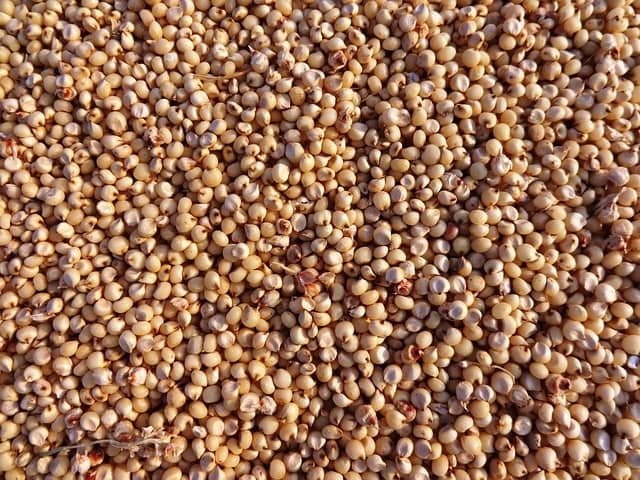Sorghum, a gluten-free option: What is it like and what is it good for?
Gluten-free diets are only justified for people that have an intolerance to that protein of wheat. For them, sorghum can be a good substitute.

Sorghum is a cereal that has been part of the diets of Africa, part of Asia, and South America, for decades, can be an option to replace wheat in various bakery products by being gluten-free. Gluten-free diets are only justified for people who have an intolerance to that wheat protein. For them, sorghum can be a good substitute.
Baked sorghum contains 10g of protein for each half-cup, is a good source of fiber, has the same antioxidants as wine (tannins) although in less quantity. It also has anthocyanins and phenols. These characteristics have served it to stop being the raw material of food for livestock and become an alternative to cereals that contain gluten, such as wheat, barley, and rye.
Increasing the consumption of grains and cereals is good for health because it increases the amount of fiber we get from the diet. This translates into better bowel function. In addition, in some cases, fiber is a good ally to lose weight because it gives a greater sensation of satiety.
On the other hand, fiber is an important element in the control of blood glucose levels. Tests on sorghum have shown that consuming it reduces insulin peaks and glycemic response more than corn or rice.
Antioxidants in sorghum are known to prevent cardiovascular disease. So this grain is an option that we can include in the diet, to obtain these benefits.
It is important to consider that how the sorghum is cooked can affect some of its characteristics. For example, if it is cooked wet, it decreases its digestibility. But sorghum can be used in salads or soups, and even to make popcorn.
Because of its nutritional properties, as well as the way it behaves when incorporated into bakery products, sorghum is a good option to increase the nutritional quality of the diet and as an alternative to gluten.
Wheat substitution aims to offer an option to people who suffer from celiac disease, that is, an allergy to gluten whose characteristic is that the immune system is involved. For them, the only treatment is a gluten-free diet.
Some have an intolerance to gluten which manifests itself with digestive problems, abdominal inflammation or pain, diarrhea, irritability, or a moderate level of depression. In this case, the recommendation is to decrease the amount and frequency of consumption of products with wheat, barley, and rye.
This plant has an inherent tolerance to droughts and can thrive in growing conditions that seem very hostile to other crops. With a little more research and outreach, sorghum could become an extremely valuable crop that could help feed the world in the future at a time when we face limited inputs and water.




